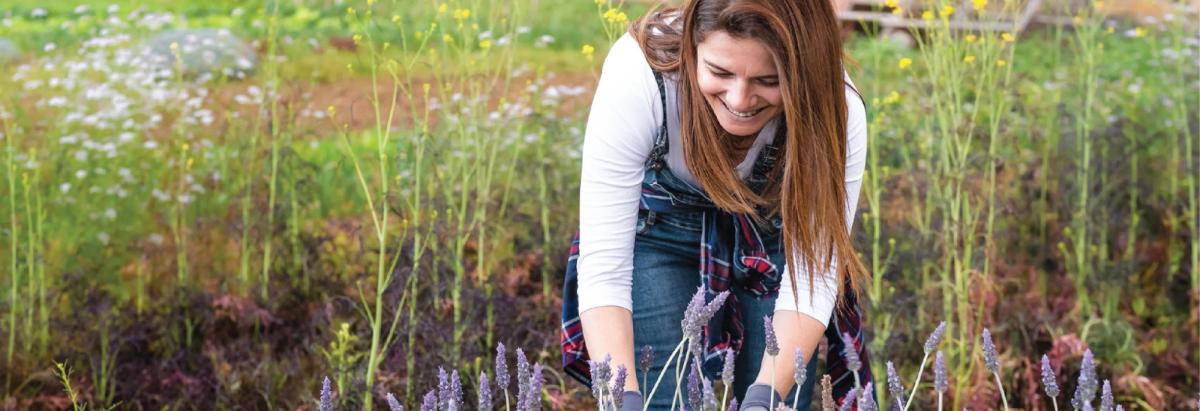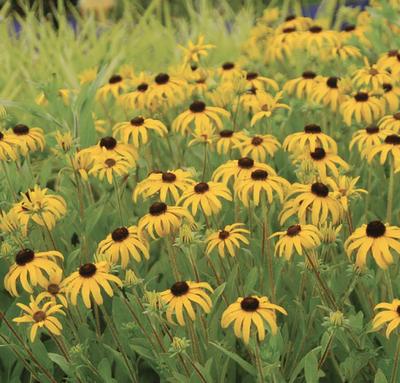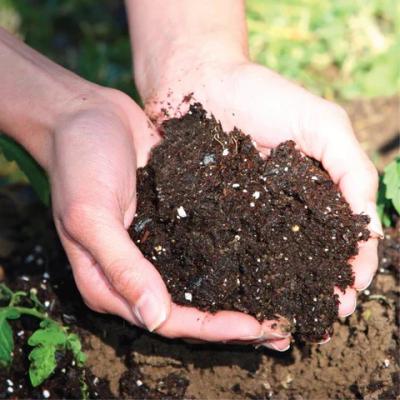
Share:

Home gardens play a crucial role in supporting the ecosystem which is essential for human well-being. Instead of opting for mono-culture gardens filled with lawns or non-native (exotic, ornamental plants that native insects cannot thrive on), we can make better choices that support local wildlife.
The key is to pay attention on the food and habitat needs of insects and pick suitable plants. For instance, monarch butterflies can thrive only on milkweed plants. Making a milkweed patch can bring back those gorgeous species into your garden. A backyard filled with fluttering butterflies and chirping birds is quite likely to influence your neighbors into breaking the stereotypes of “lawn is better” and instead choose what is better for the planet. Imagine the cumulative effect when every home gardener in your neighborhood adopts this approach!

How to Build a Biodiverse Home Garden
Doug Tallamy, an influential entomologist and professor at the University of Delaware suggests that bringing back native plants in a garden is vital to restoring biodiversity in your local ecosystem. Since native plants support local food webs, adding a dis suggested by Doug to maintain a healthy ecosystem:
- Prioritize Native Plants: Say lawns and exotic plants that demand more maintenance and are unappetizing to insects. Instead, pick native plants that add beauty to your backyard and insect-friendly at the same time. Give preference to woody plants which can accommodate higher levels of biodiversity.
- Shrink Your Lawns: Split your backyard into garden and lawn areas instead of covering the entire space with grass. In the coming seasons, you can replace patches of lawn with plants and trees.
- Introduce More Plant Species: Make your garden colorful and attractive to a variety of birds and insects by introducing different native plant species. However, do not source these plants from wild forests as doing so will deplete the vegetation. Instead, look for locally available seeds for better growth.
- Let Your Grass Grow: Encourage lawn growth by not mowing your garden. Tall and uncut grass offers a favorable environment for insects to thrive by offering food and cover for many birds and animals.


